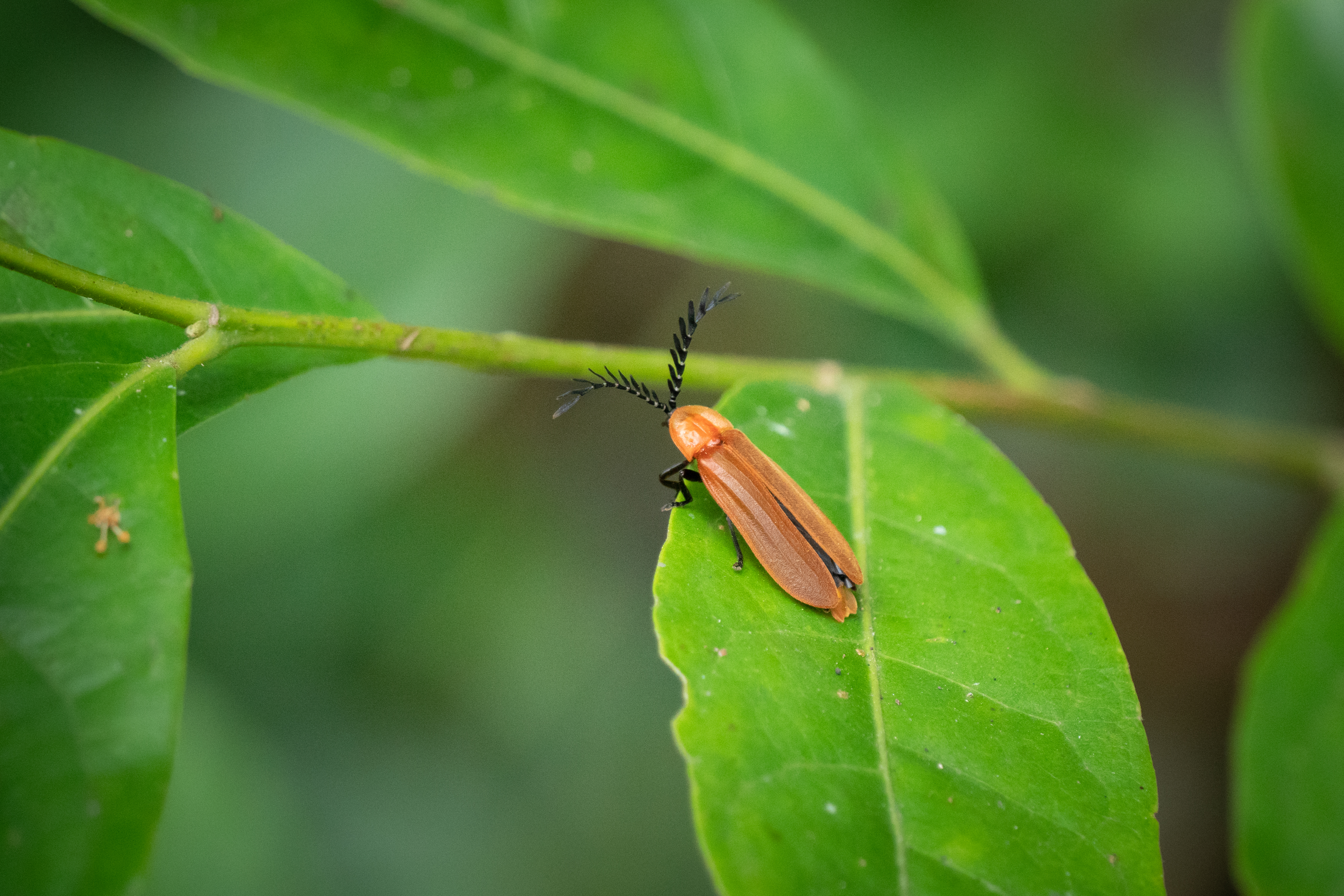Species Conservation
Conservation of rare and important yet often neglected species will allow the general public to better understand how these vulnerable species are affected by human action, and to rediscover the inter-dependent connections between human and nature. The “Forest Village” programme aims to translate participant’s environmental awareness into conservation actions through the below measures.
Target taxonomic groups / species
This programme aims to conserve upland forest species and protect their corresponding habitats. An ecological baseline study will be carried out to identify the important yet neglected biodiversity in the area. The baseline study will also provide evidence-based information for conservation planning and management. The following activities aim to conserve the taxonomic groups and species identified as the conservation targets.

Rare butterfly species in Hong Kong - Lamproptera curius (Common name: Black & White Dragontail)
|

Endemic species to Hong Kong - Vesta sinuata (Common name: Woodland Glider Firefly)(Photo Credit: Outdoor Wildlife Learning Hong Kong)
| 
Listed in Wild Animals Protection Ordinance in Hong Kong - Parus spilonotus (Common name: Yellow-cheeked Tit)(Photo Credit: Outdoor Wildlife Learning Hong Kong)
|
Conservation activities include:-
1. Orchard enhancement
- Shifting to organic fruit production, such as Clausena lansium (黃皮) and Citrus spp (柑橘屬), and expanding the orchard area to provide food sources for native pollinating insects such as butterfly and honey bee; as well as producing crops for selling and activities;
- Building wild bee farm to conserve native pollinator population and creating alternative income for the farmers;and
- Invasive species control.
- Main target species:
- Insect pollinators, e.g. honey bees and butterflies (especially Papilionidae)
2. Riparian buffers enhancement
- Creating and maintaining microhabitats for amphibians;
- Invasive species control;
- Freshwater wildlife lifecycle documentation.
- Main target species:
- Big-headed Frog (Limnonectes fujianensis)
- Lesser Spiny Frog (Quasipaa exilispinosa)
- Begonia longifolia
3. Hedgerow planting and field margin management
- Planting shrub-based hedgerows to enhance habitat heterogeneity
- Provision of habitat corridor for wildlife and also physical boundary to control mammal pests such as feral cattles and wild boars breaking into the production area and the villages
- Planting and maintaining flower-rich sheltered edges or uncropped wildlife strips between habitats to attract wildlife
4. Butterfly food and nectar plant cultivation
- Planting native food plants; Food and nectar plant utilisation and butterfly lifecycle documentation
- Main target species:
- White Dragontail (Lamproptera curius)
- Common Birdwing (Troides helena)
5. Conservation of rare and uncommon local plant species
- Conducting baseline survey and in-situ conservation of rare or uncommon local plant species.
- Main target species:
- Incense Tree (Aquilaria sinensis)
- Lamb of Tartary (Cibotium barometz)





